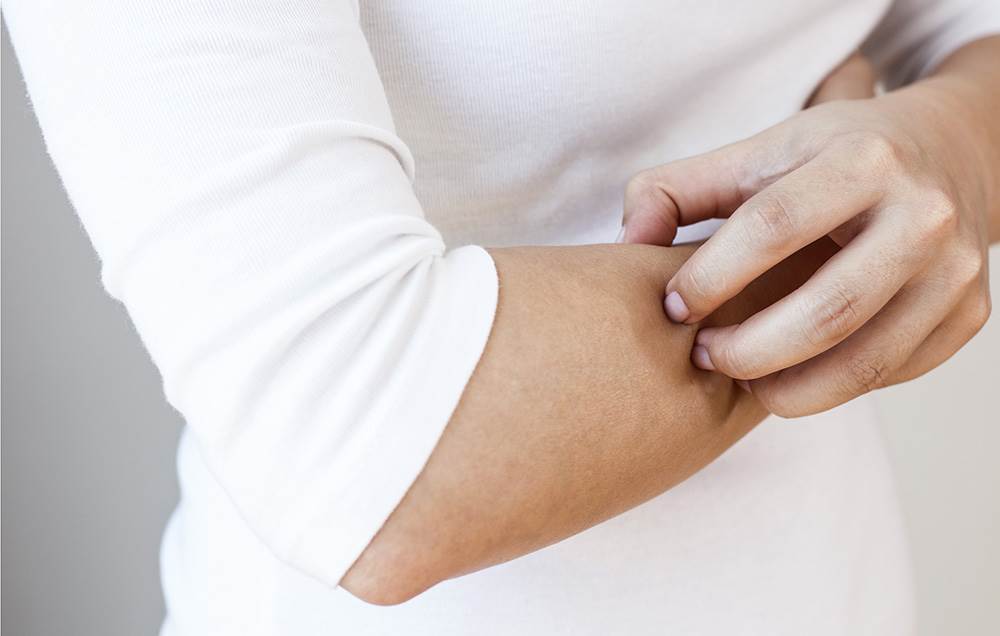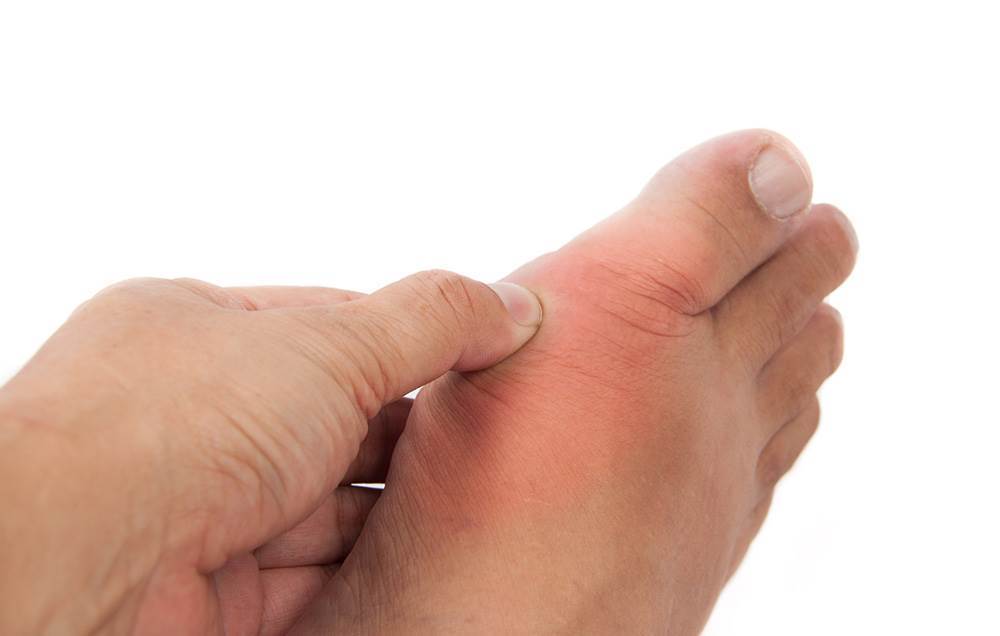Photograph by boygovideo/Getty Images
Type 2 diabetes has long been on the rise—it is now the fastest-growing chronic condition in Australia—so it makes sense that its lesser-known sibling, prediabetes, is also increasing - some two million Aussies have it and it;s estimated that half of them don't know it. That's a problem, because if you don't know you have it you likely aren't making the changes needed to ward off the full-blown disease.
Prediabetes is a borderline condition in which your blood sugar is consistently high but not high enough to be considered diabetes. The easiest way to determine if you have it is to get a simple blood test. The most accurate one is the A1C test, which determines the percentage of glucose (sugar) that's attached to the oxygen-carrying protein haemoglobin in your blood.
"It's a good indicator of what your blood sugar has been like for the past two or three months," says endocrinologist Dr Loren Greene. A score of 5.9 and below is considered normal. Anything between 5.7 and 6.4 is considered prediabetes, and 6.4 and above is full-blown diabetes.
Although tests such as the A1C can certainly tell you if you're headed for trouble, it's also important to pay attention to other clues. In some cases, even if your test results come back normal, you might still be prediabetic. "Prediabetes is like most 'pre' anything—nobody has an exact, precise definition," says Greene. That's why red flags like excessive thirst and frequent urination are worth taking seriously. Some other signs that warrant a call to your doctor, and probably a blood sugar test, include:






Shiny, scaly patches on your skin
If you're prediabetic, you might experience patches of reddish, brownish, or yellowish skin called necrobiosis lipodica, according to dermatologist Dr Joel Schlessinger. "Your skin might have a shiny, scaly appearance, be itchy, and you might have visible blood vessels," he says. Watch out for dark, velvety patches on the skin as well; called acanthnosis nigricans, these could also indicate that you have too much insulin in your blood.
Gout
Gout—a type of arthritis that forms when uric acid builds up in your body and forms crystals in your joints, tendons, and bones—isn't just an old-fashioned disease of kings. It's on the rise worldwide, and research has found that people who have it are more apt to develop diabetes, probably because both conditions often crop up in people who are obese.
Thickened skin
Does your skin feel tight or waxy? This is known as digital sclerosis, and while it often starts in the fingers or toes, it can spread to the entire body. It sometimes happens when high blood sugar damages the blood vessels, Schlessinger says.
Hair loss
There are a number of factors that can cause hair loss, including medications, genetics, and stress, but Schlessinger says it's also associated with insulin resistance, which is the hallmark of prediabetes and type 2 diabetes. Insulin resistance basically means that you're having trouble using insulin effectively to move sugar from the blood into your cells, so you end up with high blood sugar levels.
Extreme fatigue
While it's normal to occasionally feel a bit draggy, it's not normal to constantly struggle to make it through the day. Insulin resistance could be to blame, because if sugar lingers in your bloodstream it's not going into your cells where it's used for energy.
What you can do
If your doctor tells you that you have prediabetes, don't panic. About 5 to 10% of people with prediabetes will be diagnosed with diabetes annually, but there are many steps you can take to avoid being part of that group. For starters, watch what's on your plate: Greene recommends following the Mediterranean diet, in other words, focusing your meals on vegetables, fish, beans and lentils, and healthy fats like avocado and nuts. You should also make exercise a priority. A Duke University study published in 2016 found that even moderate-intensity exercise, such as brisk walking, can lower and stabilize your blood sugar.
Once you make some changes to your diet and exercise habits, excess pounds will likely start to come off—which is definitely a good thing. A 2013 study from Johns Hopkins University found that people with prediabetes who lost just 10% of their body weight within six months of being diagnosed slashed their risk of developing diabetes within three years by an impressive 85%.









_(1)_(1)_(1).jpg&h=193&w=250&c=1&s=1)
